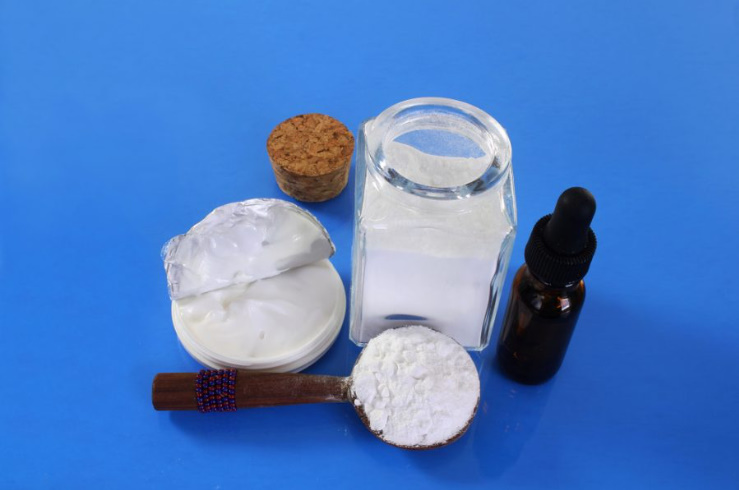
Any gardener knows that for the normal development of the plant should be in abundance to get everything you need. One of the elements vital to green organisms, albeit in small doses, is boron. Boron deficiency is the most common problem in plant nutrition almost all over the world. Among farmers, the expression “vegetation with boron deficiency” even arose.
Meanwhile, it is not difficult to eliminate the deficit of this element. One of the most common methods is the use of boric acid. Let’s consider how to apply it correctly.
Properties of Boric acid
The simplest and most affordable boron compound is boric acid, it can be bought at a regular pharmacy. Boric acid is a white substance in the form of shiny scales, slightly greasy to the touch, or a powder of small crystals, odorless. From the point of view of chemistry, H₃BO₃ is a weak monobasic acid, poorly soluble in water.

The field of application of boric acid is very extensive — from a food additive and a cockroach repellent to a neutron absorber in nuclear reactors. And boron is also a fertilizer.
Boron for plants
Most often they talk about the need for boron during flowering — to improve pollination and fruit setting. Therefore, most summer residents know that, for example, tomatoes need to be fed with boric acid during budding.
However, many people forget that boron is necessary for plants throughout their life, although the physiological purpose of this element has not yet been fully studied by scientists: boron is not part of the structural components of the cell or enzymes. But what is already clear to biologists is that boron is necessary for the formation of cell walls and tissue development (it is assumed that it participates as a transport agent), for the regulation of respiration and growth. According to the researchers, boron is involved in carbon metabolism and the transfer of sugars through cell membranes, contributes to an increase in the amount of chlorophyll. This element increases the efficiency of nitrogen and calcium assimilation: with a lack of boron, calcium will not be absorbed either.
The presence of a sufficient amount of boron in the diet makes plants more resistant to bacterial diseases. And what is probably especially important is that it is necessary for the synthesis of RNA and DNA (ribonucleic and deoxyribonucleic acids — the bases of all life on Earth): according to a recent hypothesis of a group of scientists, it was boron and molybdenum that were the catalysts for the formation of RNA — and thus “had a hand” in the origin of life on Earth.
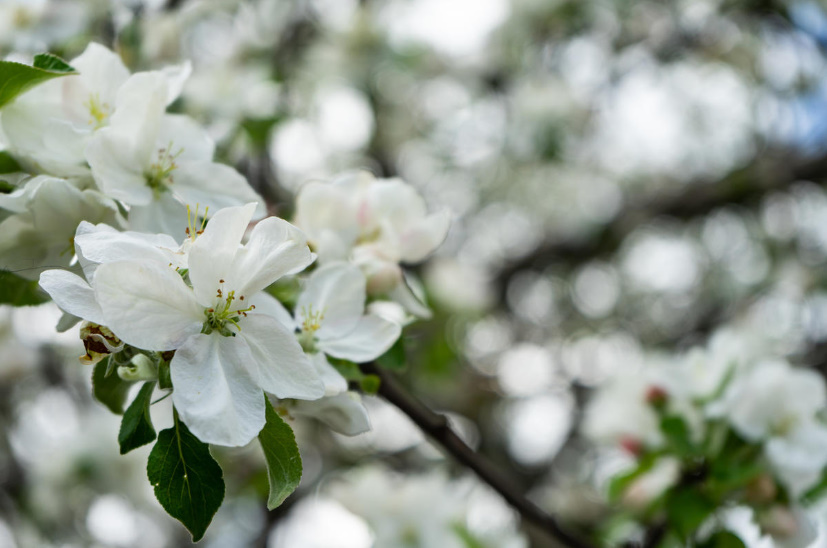
And yes, boron stimulates the plant to start flowering. And it also plays an important role for the fertility (ability to fertilize) of pollen and in its subsequent germination.
Symptoms of boron deficiency
Boron increases the metabolic rate of the plant, controls the growth processes, participating in the regulation of the amount of phytohormones. Therefore, the very first symptom of a deficiency of this element will be the inhibition of the development of young organs: new leaves appear deformed, hollows form in stems and root crops, and growth points die off.
The first signs of boron deficiency are observed at the tops: the growth is weak, crooked, develops poorly, and then dies off altogether. Having lost the point of growth (apical dominance), the plant begins to bush. However, the same thing happens with side shoots.
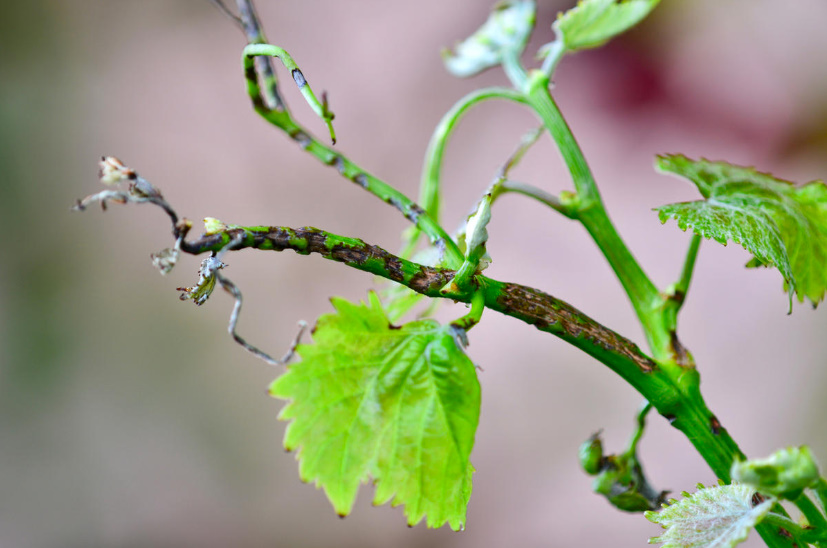
On old leaves, boron deficiency can be determined by a change in the color and structure of the leaves: chlorosis is observed between the veins (a violation of the photosynthesis process, because boron, as we know, participates in the synthesis of chlorophyll), and the leaves become dense and brittle.
Other signs of boron deficiency:
- few buds are formed. Or they are not laid at all;
- the plant sheds the ovary, and what has faded and set, grows small, clumsy, with the tested pulp;
- seeds do not develop in fruits.
Feeding with boron
It would seem that there is a problem — and there is a solution, however, not everything is so simple with this element. Fertilization and fertilizing with boron are associated with balancing on the fine line of deficiency and overdose. Boron refers to trace elements needed by the plant in very small quantities: for some crops, the boron content of 0.8 mg/ kg of soil is already toxic.
The matter is complicated by the fact that the plant consumes boron passively: it takes as much as it gets with the soil solution. The stronger the transpiration and the more water-soluble boron compounds in the soil, the more trace element is consumed.

Another feature is that the boron in the plant is not redistributed between young and old organs. It accumulates as it enters the leaves, starting with the lower ones. Therefore, you can simultaneously see its excess (accumulated in the leaves in the lower, older part) and a lack — on the young tops.
What determines the amount of boron in the soil
In different regions, the amount of boron in the soil varies, and it is in different forms, and the one that is mobile is important for plants. Some trace elements bind, especially on clay and organic-rich soils. The forms assimilated by plants are precisely represented by boric acid and its salts.
Sandy soils, sod-podzolic, gray forest, red soils are poor in boron. In chernozems and chestnut soils, the content of this element is greater. Its digestibility depends on the acidity of the soil — on alkaline boron becomes less accessible. Its deficiency may occur after liming, so it is worth including in the plan of gardening the mandatory introduction of boron after deoxidation of the soil.
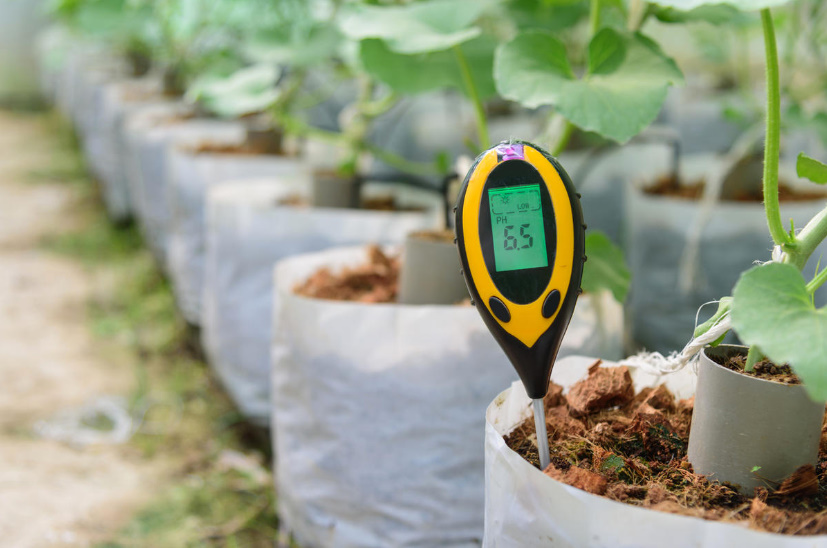
In case of drought, the absorption of boron decreases, therefore, when applying root fertilizing with this element, it is necessary to moisten the soil well. Boron intake also decreases with weak transpiration, as the power of the “pump” that draws in the soil solution decreases.
How to use boric acid
Plants differ in the degree of “love” for the forest. The most demanding and responsive are tomatoes, potatoes, beets, cabbage, cucumbers, apple trees, pears, strawberries. They will be pleased with the feeding and will thank with abundant flowering decorative crops — roses, gladioli, dahlias.
In most councils, it is proposed to fertilize boron during the flowering period. For example, tomatoes are recommended to be treated with a solution of boric acid three times: during the appearance of buds, during flowering and after the formation of ovaries. When processing, try to spray in tiers — only those parts of the plant that have managed to grow after the previous top dressing.
How to prepare a solution of boric acid
For a more efficient supply of the plant with the necessary element throughout the growing season, boron should be used fractional. You need to start by applying boron-containing fertilizers before sowing and soaking the seeds in a solution of boric acid.
In order for the trace element to be better and more fully absorbed by plants, experts advise preparing an organic compound with boron. For root and foliar fertilizing, put 2-5 g of boric acid in 1 liter of hot water so that the powder dissolves better. Then cool — and pour the resulting solution into a container with 100 ml of glycerin. To enhance the reaction, make the solution more acidic: add a tablespoon of 9% vinegar. And to neutralize the acid, pour 2-3 tablespoons of 10% ammonia. The resulting mother solution of ammonium boron compound should be diluted in 10 liters of water — and can be used for root and foliar fertilizing.
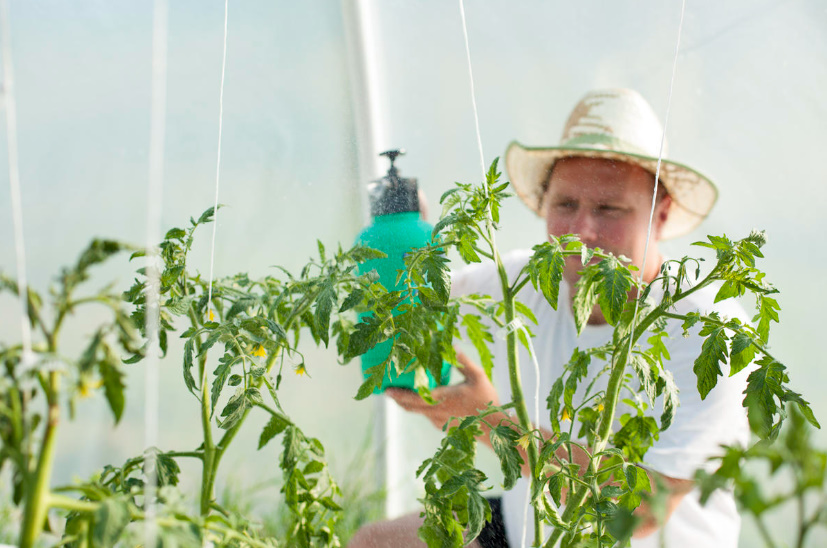
Fruit trees will need at least 1 bucket of such a solution for each, for a strawberry bush — 1 liter, for one tomato plant — 0.5 liters. All treatments — both on the leaf and under the root — require moisture supply, that is, plants should not be exposed to drought. Spraying is best done in cloudy, humid weather — and before the procedure, it is good to shed the plantings.
If you regularly use boric acid correctly, you can get a fairly significant increase in yield and more delicious fruits. Do you use boric acid on your site? On which plants, in your experience, was the most obvious result of its application noticeable? Share it in the comments, it will be very useful for all gardeners.

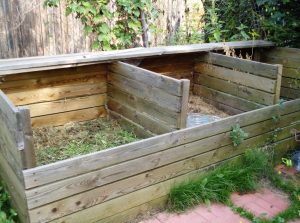
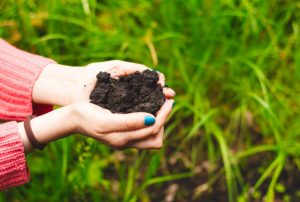
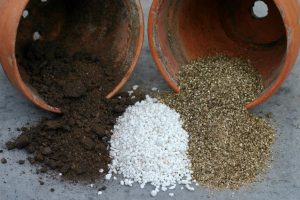
Can you change the weight to ounces? I don’t have anything for grams. Thank you
I found it helpful to use an online calculator to convert the measurements. 8-14-23